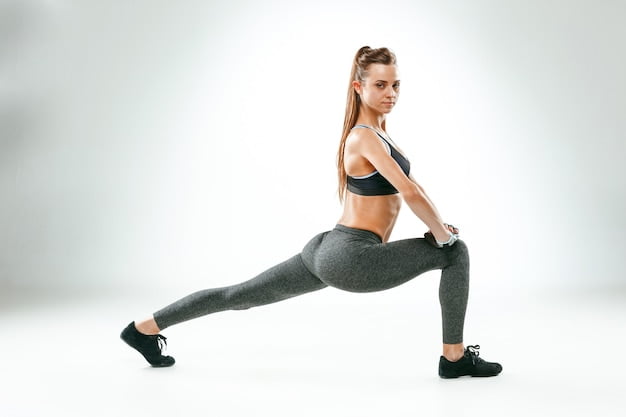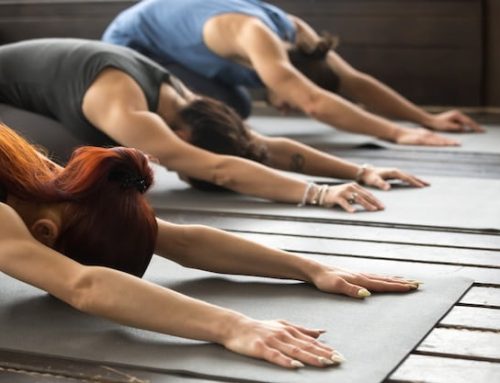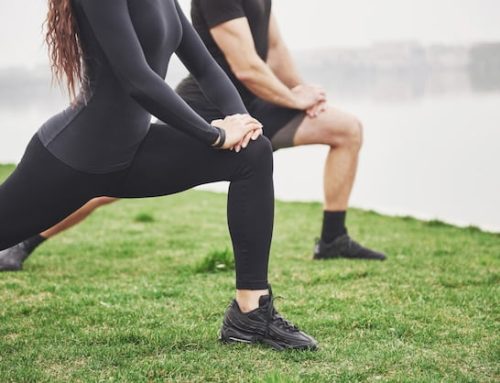Why Stretching is important
Stretching is an essential part of any exercise routine. It helps get your body ready for physical activity, reduces the risk of injury, and increases flexibility. However, not all stretches are created equal, and there are some that you should avoid.
The Dangers of Stretching
Stretching incorrectly can be dangerous and lead to injury. It’s important to make sure you are doing the right stretches for your body and following proper technique. Stretching too quickly or too deeply can lead to pulled muscles or joint damage. You should also avoid stretching over an existing injury as it can worsen the condition.
Beware of the Bounce
Bouncing stretches, also known as ballistics, are movements that use momentum to push your body past a normal range of motion. These can be dangerous as they can cause muscle tears and ligament damage. Bouncing should never be done during a stretch, as it can cause injury to your muscles, tendons, and joints.
What to Avoid
There are certain stretches that should be avoided altogether, especially if you are new to stretching or have any pre-existing conditions. Sit and reach, where you sit with your legs straight and reach forward, can put a lot of strain on your lower back and should be avoided. Another stretch to be cautious of is the hurdler stretch, where you sit with your legs in a butterfly position and lean forward. This stretch can result in a hip injury if done improperly.
Tips for Safe Stretching
To ensure safe stretching, it’s important to follow a few basic tips. First, start gradually and give your body time to adjust to the movements. Secondly, focus on proper technique and form, and never force yourself into a stretch. Lastly, listen to your body and stop if you feel any pain or discomfort.
Types of Stretches
There are various types of stretches, and some are safer than others. Static stretches, where you hold a position for a set amount of time, are generally the safest. Dynamic stretches, where you move through a range of motion, can also be safe if done slowly and with control. PNF (Proprioceptive Neuromuscular Facilitation) stretches, which involve contracting and relaxing muscles while being stretched, should only be done under the supervision of a professional.
Conclusion
Stretching is a crucial part of any exercise routine, but it’s important to do it correctly and safely. Avoiding dangerous stretches, such as ballistics, sit and reach, and hurdler stretches, is key to preventing injury. Following proper technique, starting gradually, and listening to your body are all essential for safe stretching. Remember, the goal of stretching is to improve flexibility and reduce the risk of injury, not to cause harm!






